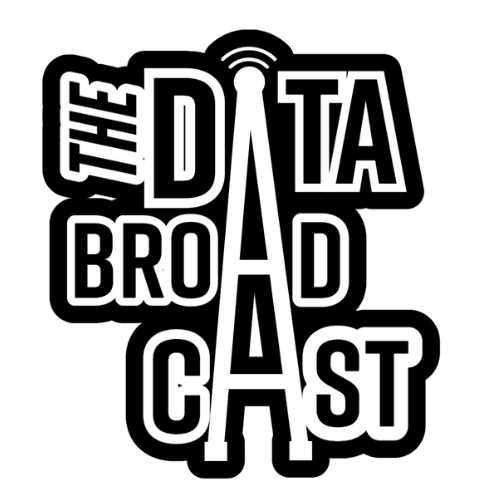Table of contents
Open Table of contents
Introducing Chronotrains
Have you ever wondered how far you can go in 5 hours by train? That’s exactly the question explored in this episode — and in the stunning data visualization by Benjamin Tran Dinh, which I’ll walk you through today.
This is part of a new series where I highlight remarkable, useful, or just plain quirky data visualizations (aka dataviz) that deserve a spotlight. The idea isn’t just to show you cool visuals — those are freely accessible — but also to dig into how they were made and what they’re useful for. And who better to explain that than the creators themselves? They usually have some great behind-the-scenes stories too.
Today’s pick is Chronotrains, an interactive map that shows, in a single click, how far you can travel by train in up to five hours — from anywhere in Europe.
Once you land on the site, just hover your mouse over the map. You’ll instantly see isochrones, which are color-coded zones showing all the places you can reach in 1, 2, 3, 4 or 5 hours by train.
This concept isn’t new — for example, France’s IGN Geoportail lets you do similar things by foot or car. Isochrones are widely used in transportation to analyze how accessible a place is, and Chronotrains offers one of the simplest, most fun implementations out there.
Use Cases: From Daily Life to Urban Planning
Isochrones are useful if you’re thinking of moving and want to test commute times from a specific address. They help visualize:
- How far you can walk in 5 minutes
- How far you can travel in 1 hour
- And what’s truly accessible in your daily life
Where Do the Data Come From?
No, Benjamin didn’t manually calculate trip times from every station in Europe — although it almost looks like it.
He uses data from Deutsche Bahn, accessed via an API called Direkt Bahn Guru, which offers updated travel times. The API powers other projects too — like finding the cheapest train routes from a map or calendar — but for now, those are mostly Germany-specific.
The Tech Behind Chronotrains
One thing I immediately wondered: how does the map show that I can travel from Gare du Nord in Paris to Marseille?
It’s not a direct train — you’d have to transfer at Gare de Lyon. And that’s exactly what makes Chronotrains special.
If you just visualize the raw API data, you only get direct train lines. So Benjamin introduced logic to connect nearby stations:
- Any stations within 10 km are considered reachable (e.g. Gare du Nord to Gare de Lyon is ~5 km)
- He assumes you “walk” between stations at 9 km/h (faster than walking, slower than biking)
- Transfers are modeled as 20-minute stopovers
Of course, these are simplifications — but they’re necessary to generate a real-time, smooth user experience without needing to compute every walking path or local transit option.
What Insights Can You Draw?
Let’s test a few examples:
- From Paris Gare de Lyon, you can reach most of France in 5 hours.
- Berlin shows a similar pattern, thanks to a dense regional network.
- From Brussels, you can access six different countries in five hours!
But the map also highlights places that are poorly connected.
Scotland
Users in Scotland noticed how isolated it appears on the map. From Edinburgh, you can make it to London in 5 hours — but not from Glasgow, and definitely not from Aberdeen or Inverness.
Occitanie
Back in France, one region stands out for the wrong reasons: Occitanie.
You can reach Montpellier in 3+ hours, or Toulouse in just over 4 — but the rest of the region is nearly unreachable within 5 hours.
This caught the attention of Carole Delga, president of Occitanie, who used the map to highlight just how disconnected her region is from Paris — sparking renewed debate around high-speed rail infrastructure.
Why This Dataviz Matters
Chronotrains shows the real power of well-presented data.
It makes complex realities visible and accessible to everyone. It can support political debate, planning decisions, and even just everyday curiosity — all through a simple, elegant interface.

 DataBroadcast
DataBroadcast